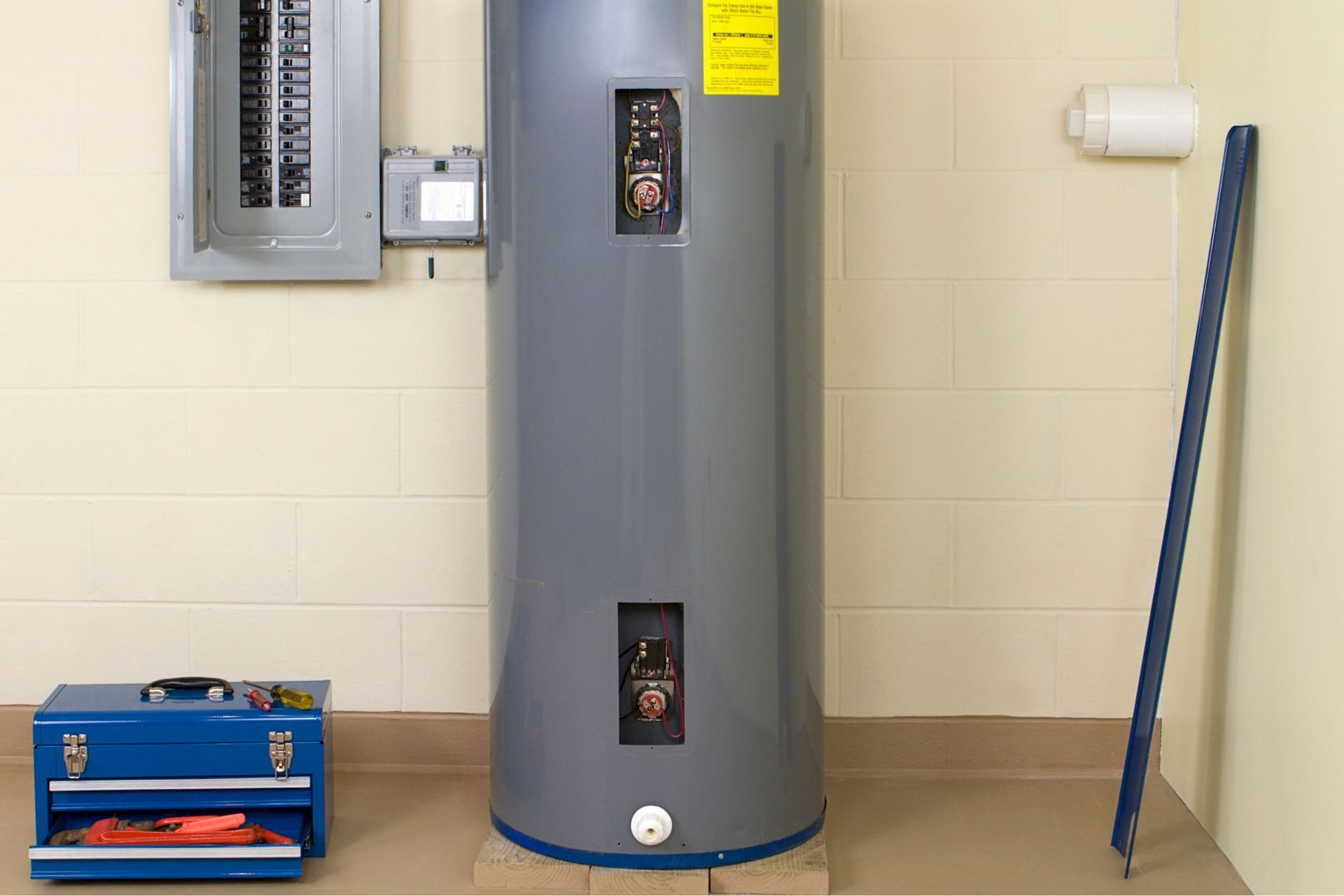Important Care Strategies for Your Home's Hot Water System
Important Care Strategies for Your Home's Hot Water System
Blog Article
Presented here down the page you can find additional really good answers in relation to Water Heater Maintenance Tips You Can't Afford to Forget.

Hot water is essential for day-to-day convenience, whether it's for a rejuvenating shower or washing recipes. To ensure your warm water system runs efficiently and lasts much longer, regular upkeep is essential. This article gives useful ideas and insights on just how to preserve your home's warm water system to avoid disturbances and expensive fixings.
Intro
Keeping your home's hot water system might appear challenging, however with a few easy actions, you can ensure it runs efficiently for years to come. This overview covers everything from recognizing your hot water system to do it yourself maintenance pointers and understanding when to hire specialist aid.
Value of Preserving Your Hot Water System
Routine upkeep not just extends the life-span of your hot water system however additionally ensures it runs effectively. Disregarding maintenance can bring about decreased effectiveness, greater energy expenses, and even premature failing of the system.
Signs Your Hot Water System Demands Maintenance
Understanding when your warm water system needs interest can protect against major problems. Keep an eye out for signs such as inconsistent water temperature level, unusual sounds from the heating system, or rusty water.
Comprehending Your Hot Water System
Before diving into maintenance tasks, it's valuable to recognize the standard components of your hot water system. Usually, this consists of the water heater itself, pipes, anode rods, and temperature level controls.
Month-to-month Upkeep Tasks
Routine regular monthly checks can help catch minor problems before they intensify.
Flushing the Water Heater
Flushing your water heater gets rid of debris build-up, boosting performance and lengthening its life.
Monitoring and Changing Anode Rods
Anode rods stop rust inside the storage tank. Checking and changing them when worn is important.
Evaluating and Adjusting Temperature Setups
Readjusting the temperature level setups guarantees ideal performance and safety.
DIY Tips for Maintenance
You can perform several upkeep jobs on your own to maintain your warm water system in leading problem.
Looking for Leakages
Regularly inspect pipelines and links for leakages, as these can cause water damages and higher bills.
Checking Pressure Relief Valves
Evaluating the pressure relief valve ensures it works properly and avoids excessive pressure build-up.
Shielding Pipelines
Protecting hot water pipes reduces warmth loss and can save power.
When to Call a Specialist
While do it yourself upkeep is useful, some issues require specialist expertise.
Facility Problems Needing Professional Aid
Instances include significant leaks, electrical troubles, or if your water heater is consistently underperforming.
Regular Expert Maintenance Conveniences
Expert maintenance can consist of comprehensive inspections, tune-ups, and ensuring conformity with safety criteria.
Final thought
Regular upkeep of your home's warm water system is necessary for effectiveness, longevity, and expense savings. By complying with these suggestions and recognizing when to seek specialist help, you can make certain a trustworthy supply of hot water without unanticipated disruptions.
How to Maintain an Instant Hot Water Heater
Before tinkering with your hot water heater, make sure that it’s not powered on. You also have to turn off the main circuit breaker and shut off the main gas line to prevent accidents. Also turn off the water valves connected to your unit to prevent water from flowing into and out of the appliance. 2. When you’re done, you have to detach the purge valves’ caps. These look like the letter “T†and are situated on either side of the water valves. Doing so will release any pressure that has accumulated inside the valves while at the same time avoid hot water from shooting out and burning your skin. 3. When the purge valves’ caps are removed, you have to connect your hosing lines to the valves. Your unit should have come with three hoses but if it didn’t, you can purchase these things from any hardware or home repair shops. You can also get them from retail stores that sell water heating systems. Read the user’s manual and follow it to complete this task properly. When the hosing lines are connected, open the purge port’s valves. 4. You should never use harsh chemical cleaners or solutions when cleaning your unit. Make use of white vinegar instead. It should be undiluted and you’ll probably use about 2 gallons. 5. Now flush your water heater. This task should probably take about 40 minutes. We can’t give you specific directions for this because the procedure is carried out depending on the type, model and brand of your heater. With that being said, refer to the user’s manual. 6. When you’re done draining the unit, you have to turn off the purge port valves again. Remove the hosing lines that you earlier installed on each of the water valves. Put the valve caps (purge port) back in their respective places and be very careful so as not to damage the rubber discs that are found inside these caps. 7. Now that everything’s back in place, check your user’s manual again to find out how to reactivate your water heating system. 8. Once it is working, turn one of your hot water faucets on just to let air pass through the heater’s water supply pipes. Leave the tap on until water flows smoothly out of it. https://www.orrplumbing.com/blog/2014/september/how-to-maintain-an-instant-hot-water-heater/

As a person who reads about What Kind of Maintenance Do Water Heaters Need?, I figured sharing that section was a smart idea. Sharing is nice. You just don't know, you could be helping someone out. We take joy in your readership.
Book An Estimate Now Report this page